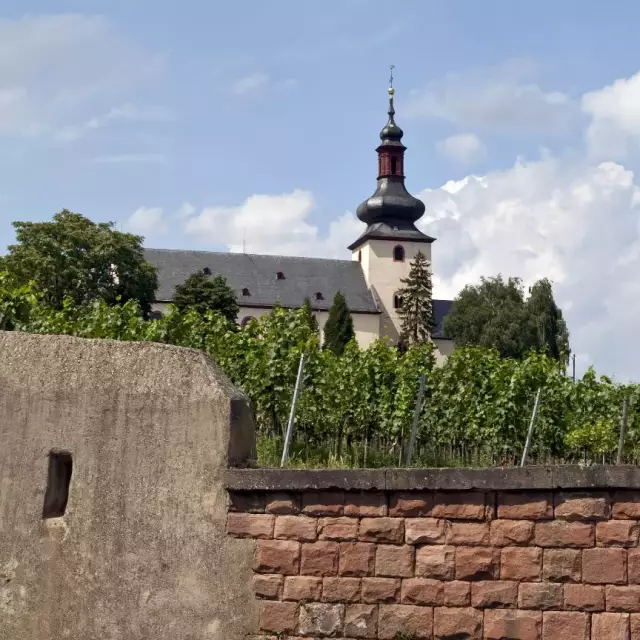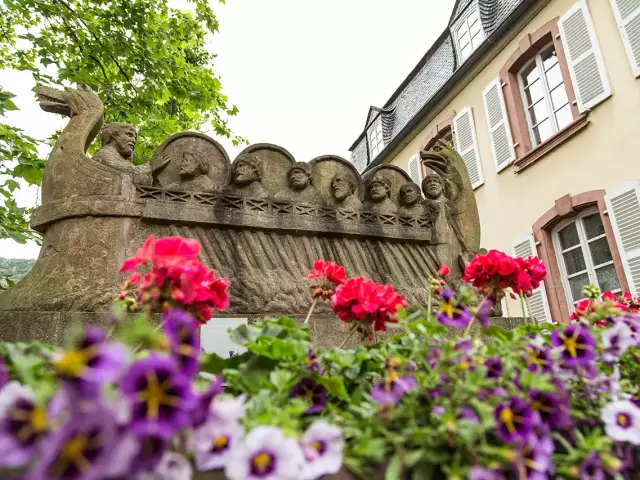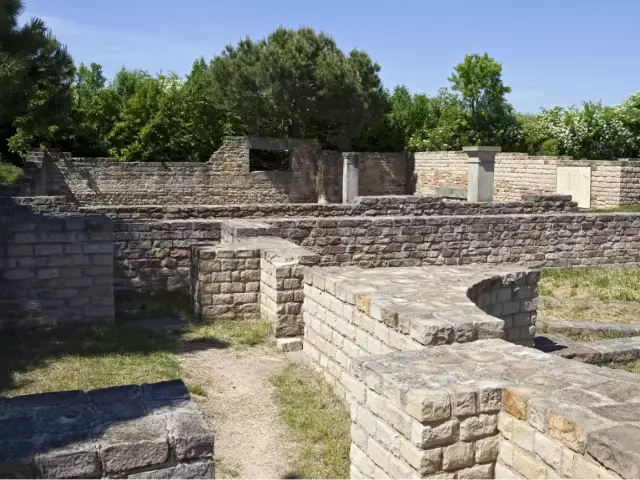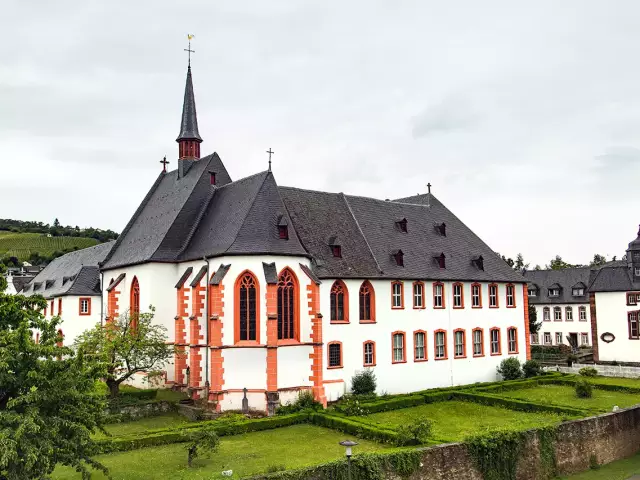Niersteiner Glöck

The “Glöck” is one of the famous sites on the renowned Roter Hang (Red Slope) of Nierstein. Nierstein and its basilica - today's Saint Kilian's Church - were first mentioned in a document in 742.
At that time Karlmann, the son of Karl Martell, the brother of King Pippin, gave the parish of St. Marienkirche in Nierstein to the Diocese of Würzburg. As a result, the landowners and farmers had to pay tithes to the prince-bishop's crown in Würzburg. Since 1406, a "Bergwingert" has been mentioned at this point. The vineyard probably owes its name to the church and its bells - it is unclear whether it comes from the ringing or because the church bell ringer was paid for with the wine from the vineyard. However, the name points to the special relationship between the vineyard and the church. The Kilianskirche is still surrounded by the vineyards of this location.
Today, the "Glöck", which comprises only 2,1 hectares, is owned by the Staatliche Weinbaudomäne Oppenheim and is classified as a 'Großes Gewächs Rheinhessen', similar to a Grand Cru. The small but fine hillside is mainly cultivated with Riesling and Gewürztraminer grapes. The wines are marked by their balance of fruitiness and minerality, they grow on a mixture of clay and loess situated above the leftbank of the Rhine.
The river creates a special climate together with the 20 percent gradient of the slope and a centuries old stone wall which completely surrounds the vineyard. In the Middle Ages, monks built walls like this one around their vineyards in order to protect them from cold winds and provide a special micro-climate for the grapevines.
The premium wines from the Glöck as well as many others from the area can be tasted and bought at the Staatliche Weinbaudomäne in Oppenheim.




